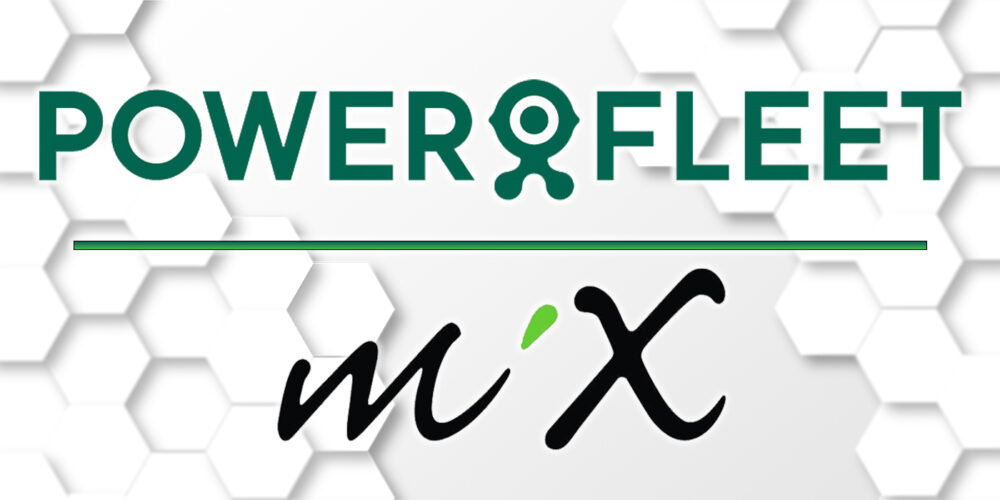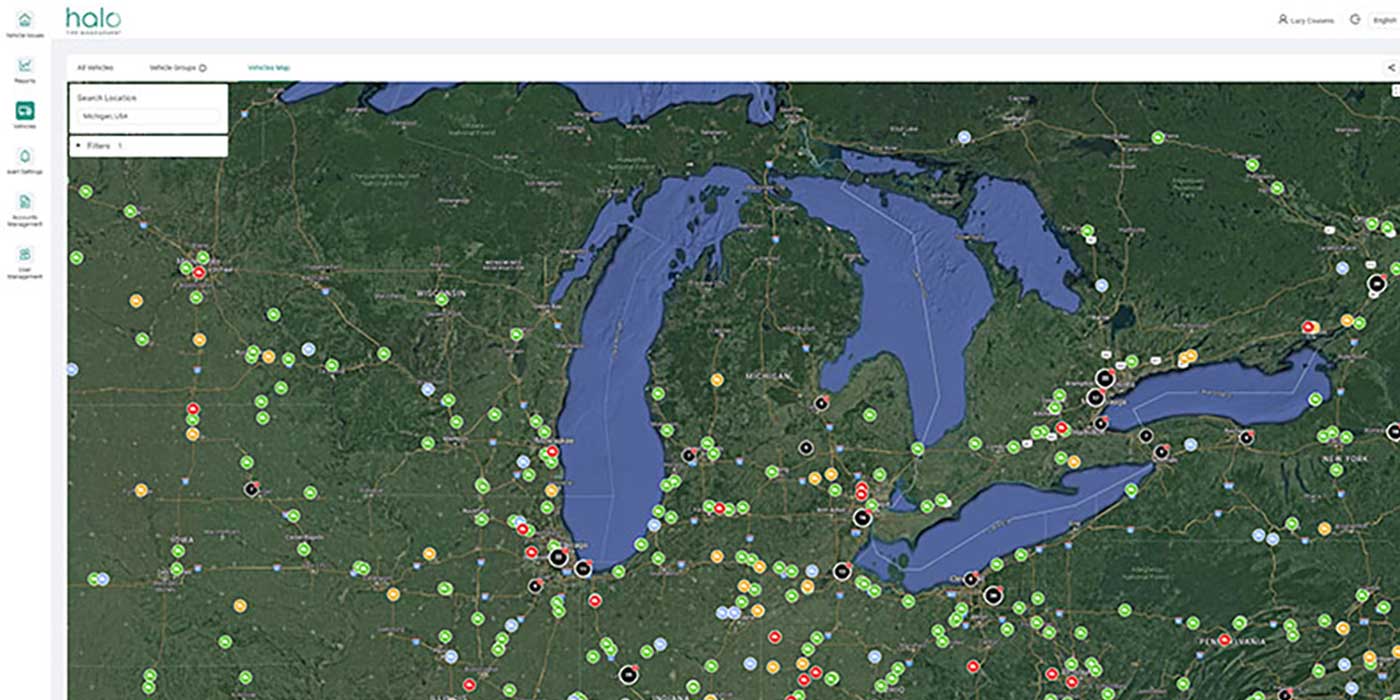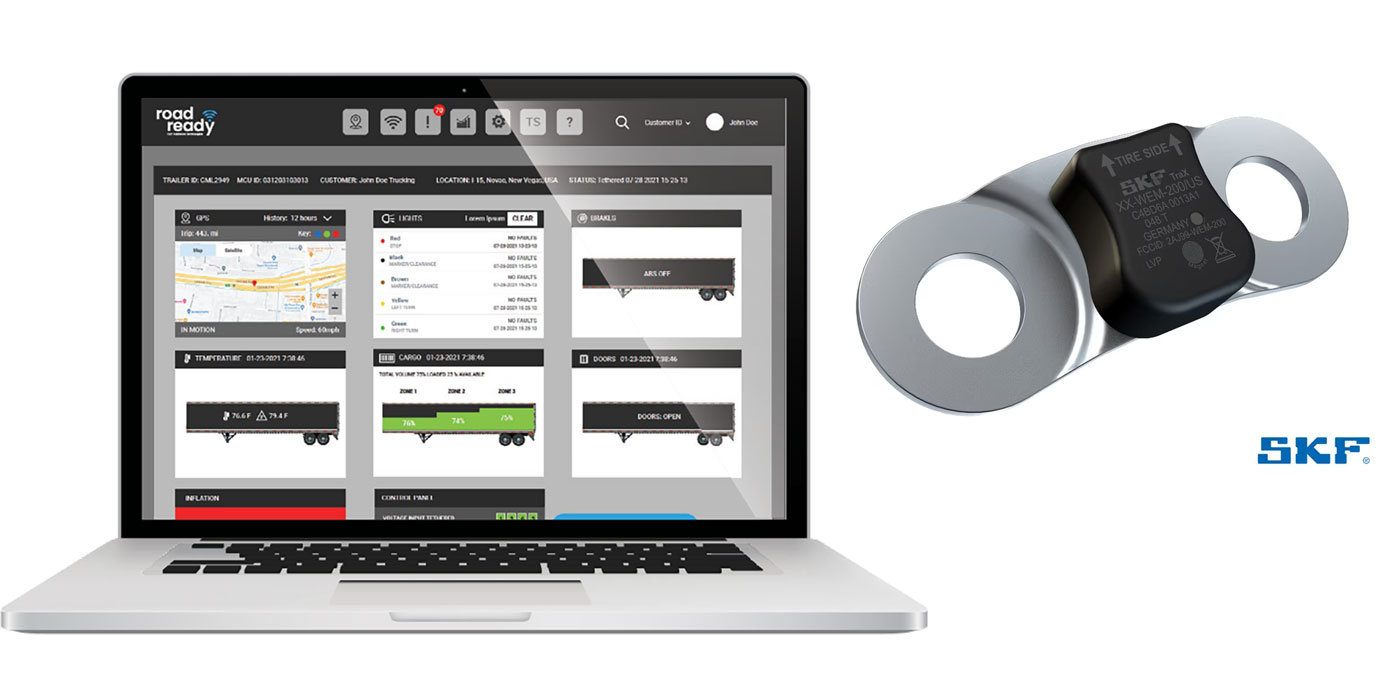The “Internet of Things” (IoT), simply explained, is a comprehensive way to manage data for greater productivity. It’s has been called the next mega-trend, and at its core are embedded software sensors placed in vehicles, machine tools, streetlights, and wind turbines—to name just a few devices in an ever-increasing list.
The value of IoT is the chain of information it creates. It has powerful potential for boosting analytics efforts. Strategically deployed, analytics can help organizations translate IoT’s digital data into meaningful insights that can be used to develop new products, offerings and business models. IoT can provide a line of sight into the world outside company walls, and help strategists and decision makers understand their customers, products, and markets more clearly. IoT can drive so much more, including opportunities to integrate and automate business processes in ways never before possible.
IoT applications have a broad and diverse range, but for our industry the focus is smart trucks, transportation and logistics. The next evolution of IoT logistics includes the entire supply chain linked with connected things. In the future we will see the increased use of smart tags, pallets that talk to trailers, containers that talk to trucks. A connected pallet, for example, can tell its owner the whereabouts and condition of the shipment, and predict its delivery time down to the exact minute. A connected fleet can link with commercial and private vehicles for on-the-fly consolidation. In addition, there is the possibility of fleets talking to other fleets to exchange loads—a logistical handling trend with the potential to expedite loads.
As trucks travel on interstate highways, onboard sensors collect, send and receive information via cloud-based fleet management systems. As technology advances, the truck is becoming a part of the broader IoT logistics ecosystem that could transform trucking and the logistics industry. Over the next decade, the IoT in logistics is expected to generate $1.9 trillion in value, part of an overall $8 trillion in IoT value generated globally, according to DHL and Cisco. As we move from 15 billion connected devices today to potentially some 50 billion by 2020, it is clear that we are only at the beginning of what certainly will be an exciting journey for logistics innovation: a journey to connect the unconnected.
Can’t get enough columns and features from Carol Birkland? Click here to read all of her articles.
The logistics industry is poised to unlock greater operational efficiency as IoT devices connect the millions of shipments moved, tracked and stowed each day in real time. Mobile devices like smartphones and tablets can remove barriers to creating, accessing and sharing the data that’s generated by connecting trucks to IoT.
Cisco notes that decision-makers identified various types of technologies as necessary to enable IoT solutions. Leading the way is a Wi-Fi infrastructure, which was identified as a necessary element by 71% of firms. Sensors and location tracking functions are also necessary to capture the location, condition, and status of products and assets. Between 60% and 65% of surveyed firms stated that real-time location tracking, GPS tracking, condition sensors, or security sensors are necessary elements of IoT solutions. These security sensors can be used to enable IoT applications including surveillance solutions to monitor buildings, office sites, or even workers.
While the many benefits of information-sharing efficiencies are poised to increased, concerns about protecting shared information remain, however. As adoption grows, business, IT and security professionals tasked with deploying IoT applications and solutions must address significant paradigm shifts, as well as operational, strategic and business challenges, according to Cisco.
As they face various internal and external security issues such as network attacks, malware, malicious software, and external hackers decision-makers must understand: IoT security is not a future issue that organizations have yet to embrace—it is here and it is now.
It is estimated that 20% to 47% of organizations have experienced breaches for each function where they are planning to deploy or have already deployed IoT solutions. However, breach quantity in IoT is still lower than traditional computing breaches.














